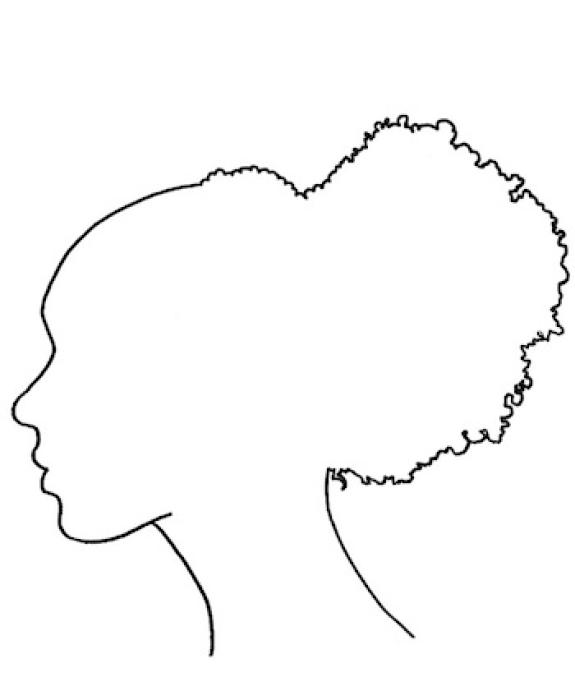
Language
On this Page:
Overview
How is identity shaped, formed, and expressed?
How can works of art help us understand our world and ourselves more fully?
“I always think about the work ultimately as dealing with questions of love and greater issues of humanity. The way it comes across is in echoes of identity and echoes of race and echoes of gender and echoes of class.” —Carrie Mae Weems
“It is necessary for me to utterly repudiate so-called good painting in order to be free to express that which is visually true to me.” —Bob Thompson
“Most of my work, when I look at it, is about memory and loss” —Jim Goldberg
Studying artists and their works invites explorations of identity and the human condition. What drives artists to create? What choices do artists make, and why? Sometimes artists directly engage with questions of identity in their artwork: Who am I? How do I relate to others, and how do they relate to me?Identity is shaped, formed, and expressed in complex ways. Many artists featured in this module directly engage with race, gender, and class. For example, the works of Carrie Mae Weems prominently feature African American women. Other artists question their own—or others’—ways of looking and being, as Jim Goldberg does in his Rich and Poor series. For many artists who live and work in the US, contending with notions of identity is further complicated by the country’s complex history. Consider Deborah Luster’s project One Big Self: Prisoners of Louisiana, which pictures the effects of mass incarceration unique to the United States.
As you explore the works of art in this module, consider what feels satisfying, surprising, confusing, or unfamiliar. What questions and themes do these works of art raise for you? Reflect on concepts such as agency, code switching, character, style, stereotypes, and authenticity. How can works of art help us understand ourselves and our world more fully?
Selected Works
Activity: Identity Maps

How do you see yourself? How do others see you?
Using one of the templates available here (inspired by Marit Dewhurst), write words or phrases inside the outline that relate to your own identity or how you see yourself. Use the space outside the drawing to write down words or phrases that describe how you think people might see you.
If you included your communities—groups of people with whom you associate, like family, neighbors, or classmates—where would you place these groups on this map?
Activity: Step Inside
Select a work of art that features people, such as those by Barkley Hendricks, Walker Evans, or Diane Arbus, and share the work with your students. Identify the various parts and elements of the artwork, then ask individuals to choose a person and “step inside” their point of view. Invite your students to use their imaginations and respond to the following prompts in writing or in small group discussion using evidence found in the work of art:
- What might this person be thinking?
- What might this person be feeling?
- What might this person care about or value?
Encourage students to share their responses aloud with others, and see whether their classmates can guess the person about whom they might be speaking. Conclude by having a discussion about opportunities or situations when students could slow down and apply these questions in their daily lives. (Adapted from Harvard University Project Zero’s Step Inside thinking routine.)
Activity: Words and Pictures

Many artists, including Deborah Luster, Jim Goldberg, and Clarissa Sligh, combine words with pictures in their art. Examine and compare works by these artists with your students. Why might the artist have used text alongside images? Where did they get their images and text, and why might that matter to the meaning of the work of art? What might the overall message of each artwork be? Share information as needed to help deepen your students’ understanding of the artworks.
Next, invite your students to explore their own identity using words and pictures. What do they want to communicate or explore about themselves through art? How will the source of their images and text contribute to the meaning of the work? Following the examples of Sligh, Luster, and Goldberg, students might recontextualize a childhood event or memory, write descriptive and interpretive text, or share a personal story.
Additional Resources
My Part of the Story: Exploring Identity in the United States lesson unit, Facing History and Ourselves
Critical Media Project, University of Southern California
Investigating Identity, MoMA Learning (Museum of Modern Art)
From Montaigne to E. B. White, Some Sound Advice on Writing the Personal Essay, National Endowment for the Humanities
You may also like

Educational Resource: People and the Environment
The US national park system exists in part because of artists.

Educational Resource: Uncovering America: Activism and Protest
Artists in the United States are protected under the First Amendment, which guarantees freedoms of speech and press. This module features works created by artists with a range of perspectives and motivations.

Educational Resource: Civil War and Its Aftermath
In a time when the nation was divided over the issue of slavery, artists helped to shape people’s understandings of the conflict that overtook the nation. Some artists depicted the political figures and events that drove and reflected the conflict. Other artists were on the battlefield itself, bringing the emotional toll of war home in immediate ways.


























